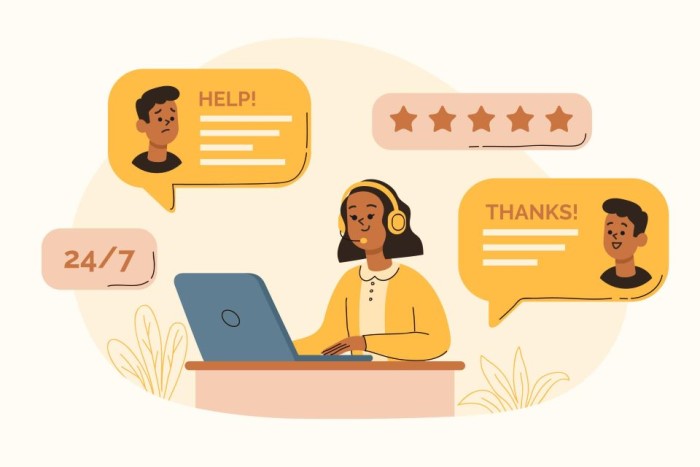Undoubtedly, COVID-19 has rocked the economy. But the crisis has disrupted more than global markets; it has changed peoples’ lives, needs, priorities and spending behaviors.
In harsh economic conditions, consumers become more discerning with where and how they spend their money—for businesses, this creates a new set of challenges.
Customer-centricity is a term that has been used since the 1960s, but it has never been more relevant than in today’s business landscape. In such extreme environments, customers want more than the best offering or the lowest price; they seek dependability, confidence and trust in the brands they choose to do business with.

Customers want more than the best offering or the lowest price; they seek dependability, confidence and trust in the brands they choose to do business with
So how are businesses expected to predict or adjust to evolving customer expectations? It begins with understanding how your company operates and what you need to change to keep your loyal customer base as close as possible.
Here are three ways businesses can adapt to changing customer relationships, in light of COVID-19.
Let growth goals take a backseat
If growing your customer base is a priority for your business right now, take a moment to reflect on the long-term cost of that growth, both reputation-wise and financially, to determine whether it is a sustainable pathway.
Few businesses have been left untouched, if not unscathed, by COVID-19. Consequently, many companies have been forced to refocus their priorities, resources and goals to survive the crisis. If your business has not considered the immediate or future economic impact of the pandemic and how it could affect your organization, you need to start doing so now.
Part of evaluating this impact is looking at factors you can control, or at the very least maintain, to ensure you keep as close to ‘business as usual’ as possible. A central element of your survival strategy is maintaining your existing customer base.
Focusing on customer acquisition to the detriment of your existing ones can create a funnel effect, whereby a stream of new business comes in, while just as many customers go elsewhere. This can force companies into a spiral of deeper and deeper discounts to attract new consumers to their pool, which eventually runs dry along with their revenue streams.
Research by Forrester shows that new customers can cost five times more to convert than existing customers, indicating that it is much easier to expand and build-on existing loyalty than it is to tap into new client bases, especially during tough times.
Focus on operational excellence, but keep it customer-centric
Historically, a continuous improvement mindset revolved around things such as standardized costs, stable operations and meeting compliance expectations. While these are all critical elements of running a business, somewhere along the way, these companies lost their grip on the bigger picture and realized their product was no longer relevant to the customer.
Operational excellence is important, but carrying out a process 10 per cent better than the previous year does not matter if you miss the mark with your customer base.
More recently, businesses have started tapping into a different mindset that sees the customer experience translated throughout an end-to-end process. For truly customer-centric organizations, every decision and ambition has a customer-focused outcome in mind, be that improved experience or lasting sentiment.
Data-driven for precision
In a post-pandemic era, digital marketing and social communication channels are the name of the game, and when used correctly, can offer more specific insights into your customers’ behaviors.
Consider every digital touchpoint of your customers’ experiences as though they are leaving behind a fingerprint, containing a goldmine of DNA or data that helps you better understand their needs, expectations and concerns.
Keeping your finger on the customers’ pulse means you are on the front foot when it comes to evolving patterns of behaviour. Immediate access to data-driven insights allows you to adapt your processes and keep customers satisfied, even in rapidly changing environments, boosting loyalty and retention rates.
Using these adaptations, businesses can come out of this crisis with the right fundamentals in place—rather than a set of lowest common denominators that damage your brand in the long term.
Source: entrepreneur.com








.jpg)

.jpg)
